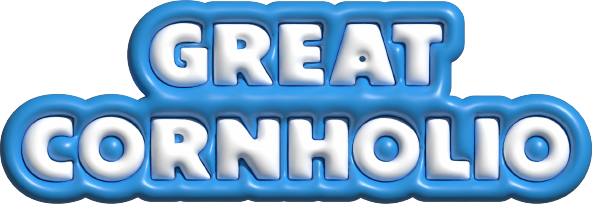Enhanced cooperation between local, state, tribal, and federal law enforcement agencies is the goal of the Midwest High Intensity Drug Trafficking Area (HIDTA) program, which includes Missouri as one of its six member states. According to Midwest HIDTA’s most recent report, St. Louis is a major center for drug trafficking in the state.
St. Louis: Key Hub for Drug Trafficking
With a population of more than 2.8 million, St. Louis is the most populous metropolitan region in Missouri. It is connected to major Midwest cities and other areas through the intersection of many major interstates, such as I-70, I-55, I-44, and I-64. Due to these reasons, drug traffickers find St. Louis to be a desirable location to use as a distribution hub for a variety of illegal substances, including cocaine, heroin, fentanyl, methamphetamine, and marijuana.
Midwest HIDTA reports that St. Louis is Missouri’s main supply hub for heroin and fentanyl, with additional supply coming from portions of Illinois, Iowa, and Nebraska. Furthermore, the city imports a significant quantity of methamphetamine from Mexico, which is then dispersed to neighboring regions. Cocaine and marijuana are also widely used, mostly in the area or when traveling to other counties.
Impact of Drug Trafficking on St. Louis and Residents
St. Louis’s increased drug trafficking has negative effects on the city and its citizens. Notably, the number of drug-related fatalities has increased, with opioid overdoses leading the way. St. Louis County recorded 712 drug overdose deaths in 2020, a 28% rise from the previous year. Opioids—particularly fentanyl and heroin—were implicated in 617 of these cases. Opioids were involved in 216 of the 262 drug overdose deaths in St. Louis City in 2020, a 33% increase from the previous year.
Drug trafficking is a contributing factor to a number of other violent crimes and crimes in St. Louis, such as shootings, burglaries, assaults, robberies, and thefts. Drug traffickers and users who turn to crime to feed their addictions are often the culprits behind these crimes. With 262 homicides in 2020, St. Louis had the highest homicide rate in the US, up 36% over the previous year. In terms of violent crime, property crime, and general crime, the city was likewise listed in the top 10 most dangerous cities in the United States.
Efforts to Combat Drug Trafficking in St. Louis
Law enforcement agencies at all levels have increased their efforts to disrupt and dismantle drug trafficking groups, seize and destroy illicit substances, and capture and prosecute drug offenders in response to the growing threat of drug trafficking in St. Louis. By giving participating agencies money, information, training, and equipment, the Midwest HIDTA is essential in organizing and assisting these initiatives.
Recent successes of the Midwest HIDTA and its partners in St. Louis include:
36 people were arrested in March 2021 as a result of a joint DEA operation that seized over 176 pounds of methamphetamine, 4 pounds of heroin, 11 weapons, and $51,000 in cash. The network encompassed drug trafficking on a massive scale and was active in Missouri, Illinois, and Texas.
After a cooperative investigation by the FBI and the St. Louis Metropolitan Police Department in February 2021, 14 members of a violent street gang that was involved in multiple killings, shootings, and robberies in St. Louis and distributed heroin, fentanyl, cocaine, and marijuana were indicted.
Following a joint operation by the Missouri State Highway Patrol and the St. Louis County Police Department in January 2021, five people connected to a drug trafficking organization operating in St. Louis and St. Charles counties were arrested after over 94 pounds of marijuana, 6 pounds of cocaine, 3 pounds of methamphetamine, 8 firearms, and $30,000 in cash were seized.
These operations demonstrate the commitment and cooperation between St. Louis law enforcement agencies and the Midwest HIDTA in the fight against drug trafficking and its negative impacts on the community.
However, tackling the problem of drug trafficking in St. Louis necessitates the participation and backing of a range of stakeholders, including residents, community leaders, educators, social workers, and healthcare professionals. In the end, they may help make St. Louis a safer and healthier place to live by preventing drug misuse, treating addiction, and providing opportunities and alternatives for people who might otherwise turn to the drug trade.
SEE MORE

